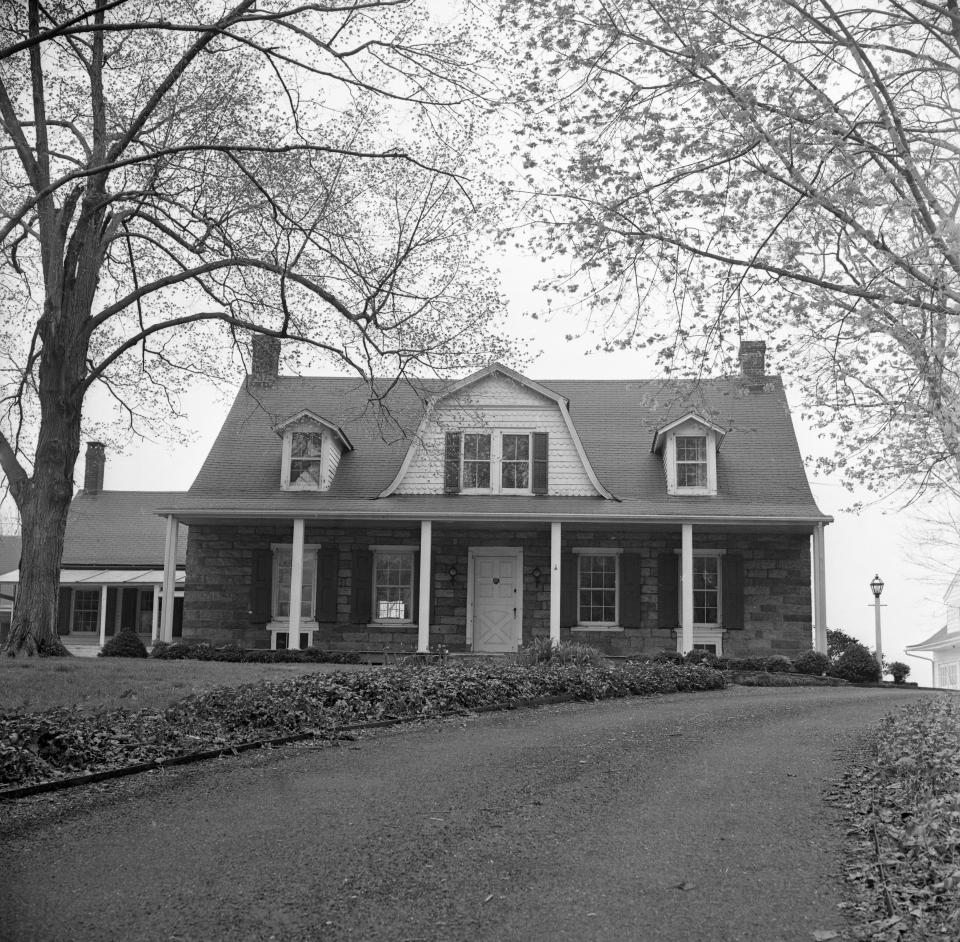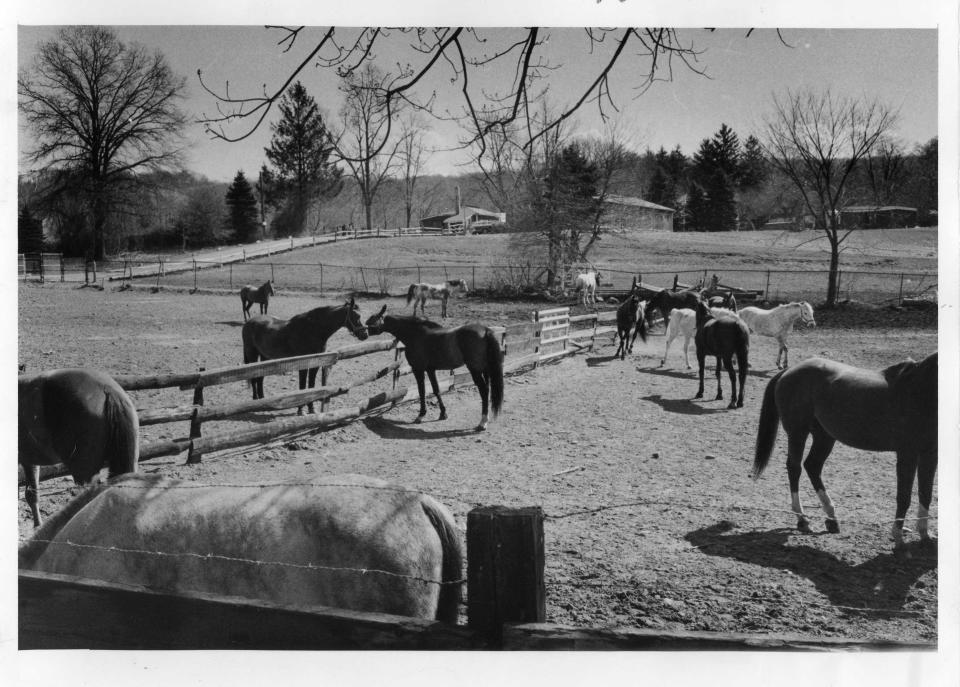This tiny Bergen County borough of 410 residents celebrates its centennial
An invitation-only cocktail party on Saturday will commemorate Rockleigh's 100th year as a borough.
The intimate 5 p.m. gathering befits the tiny border town. Covering one square mile, Rockleigh is larger than 78 New Jersey towns by size, yet, it is New Jersey's eighth smallest town by population.
The Record's editorial staff criticized the Bergen area state legislators in early 1923 for even considering a bill to permit tiny Rockleigh's separation. They claimed the break-up was planned by a mere few disgruntled residents who sought to evade Northvale school tax.
"Teterboro with its few families was the laughing stock of the county when formed," they wrote. "Now, it has a rival."
One state assemblyman wanted to put the decision up for a vote of the entire town of Northvale, but the plan moved forward. The bill went to the governor's desk in March and, on April 10, 1923, a referendum was held.

The would-be residents of Rockleigh voted 35-0 to split from Northvale, The Record reported the next day. The town had but 43 residents eligible to vote, it noted.
Two days later, the newspaper's editorial staff said 43 residents were "enough to provide at least a full equipment of officeholders without nepotism." It nonetheless took about a year for the relatively small candidate pool to cause problems for the community.
More: This restored 135-year-old Tenafly home is on the market for $1.65M. Take a peek inside
In April 1924, New York police descended on the borough to arrest Rockleigh Police Chief Sydney Happel and his brother Herman Happel, a town marshal, for allegedly assaulting their brother-in-law in Palisades, N.Y., The Record reported.
Prior to Rockleigh's establishment in 1923, the borough made up roughly a third of Northvale's land and ratables. Their split was controversial. Three-hundred residents of greater Northvale protested the separation plan. It had been launched by just a few dozen residents of "East Northvale," The Record reported in March 1923.
Northvale was familiar to division, and being left behind. The town was cobbled together in 1916 from what remained of Harrington Township, a former larger municipality broken up over time into smaller towns. Many dissociated in 1894 amid a trend called "boroughitis." Oradell, Dumont, and Old Tappan were among them.
Rockleigh's population remained fewer than 100 prior to the 1950s when it exploded to more than 400. Since it has fluctuated, dropping as low as about 190 and rising as high as more than 530 in 2010. Today, there are fewer than 410, according to U.S. Census Bureau estimates. Most of its homes lie in a 250-acre historic district boasting a half-dozen, 18th-century sites. The lots there are generally expansive and insulated by the dense woodlands that stretch to Alpine and the Palisades. And there are few of them.

The historic district is based around a core of three roads: Rockleigh Road, Piermont Road and Willow Avenues. The first two were built to link the area to Snedens Landing, where commercial ferry service to and from Dobbs Ferry began in 1730.
Gen. George Washington shrewdly had a blockhouse built at the landing to maintain a line of defense against the British during the American Revolution. Troops he brought there to thwart an advance from British Admiral Richard Howe camped on the south side of modern-day Willow Avenue, according to borough records.
More: President Nixon's North Jersey home hits the market for $1.2 million. Take a look inside
The district covers nearly all the residential development east of Piermont Avenue. Like most of its roads, the avenue has little to no shoulders and will not anytime soon, per municipal guidelines. A farming community even after World War II, Rockleigh retains a rural character that local officials have sought to preserve where it still can.
Rockleigh's eastern end is a conservation zone. A county-owned golf course consumes the town's southwest. Its northwest holds a substantial commercial district tipped by a well-known catering hall that sits along the only road that directly links the town with Northvale.
Settled before the colonial period by members of the Lenape tribe, Rockleigh's earliest known Colonial-era residents were Dutch. Though the East New Jersey patent that contained modern Rockleigh was sold in 1685 to George Lockhart, a physician of Scottish descent.
Lockhart never lived there, however. Rockleigh's first known home was built in about 1741 for Abraham A. Haring, who bought roughly 200 acres in the area as a family homestead, according to borough records. Harrington Township derived its name from him.
A historic home called the Haring-Corning House now stands on the site of Haring's original homestead. Still, it is unclear whether any portion of it dates to the mid-1700s, according to borough records.
Rockleigh's oldest standing home was built for Haring's son, also named Abraham. Constructed off Piermont Road in about 1758, it housed Haring before he was captured by the British amid the conflict with colonial separatists. Haring, a captain in Bergen County's Revolutionary War militia, died in confinement in or about 1780, according to borough records.
His youngest son, John A. Haring also built his home on the family plot using an existing standalone kitchen just to the south of his father's home, according to borough records. That extant home also stands, as does the Samuel Sneden House, built in about 1790 for a British loyalist.
This article originally appeared on NorthJersey.com: Rockleigh NJ celebrates anniversary. Why it separated from Northvale

